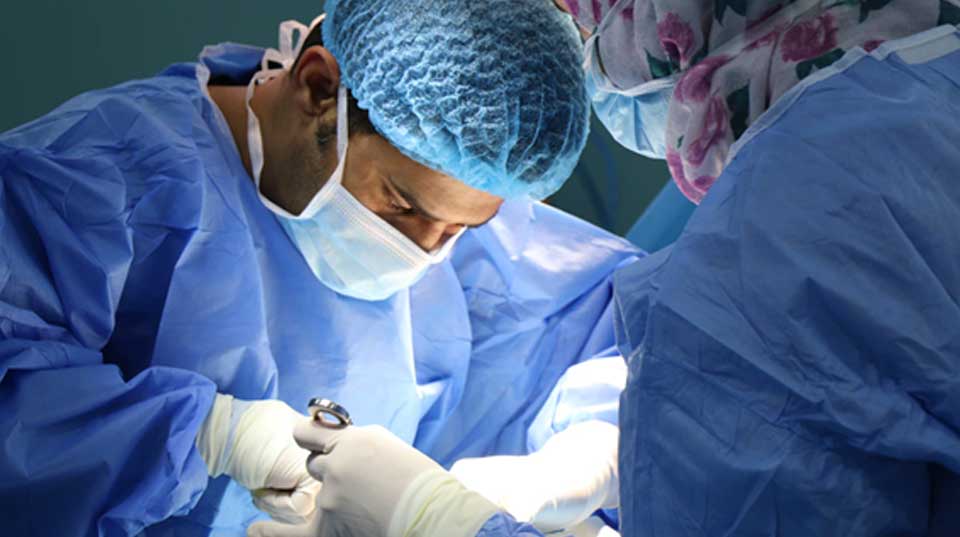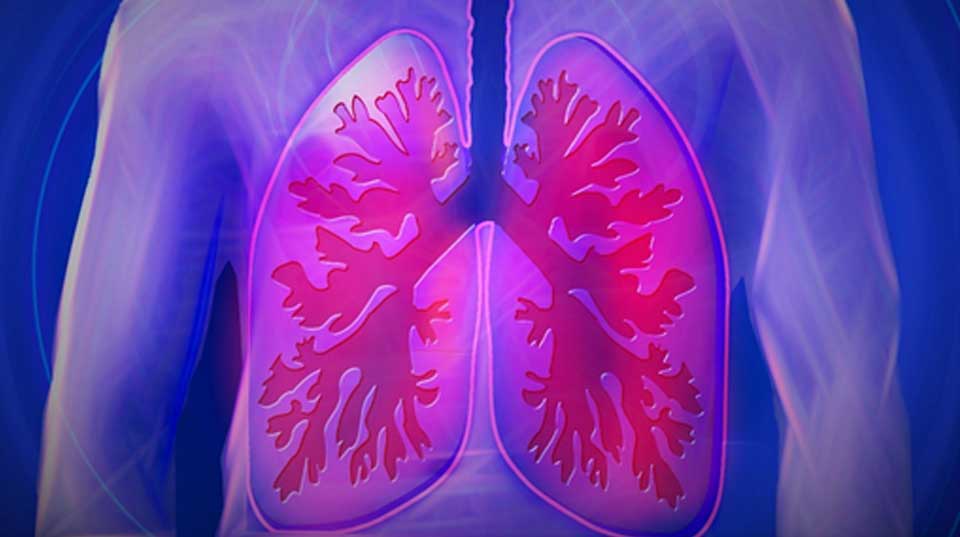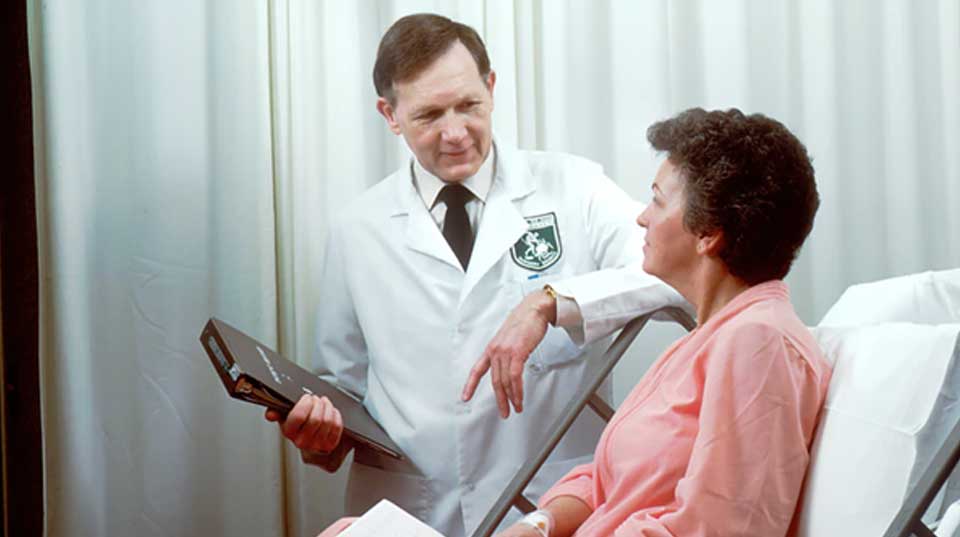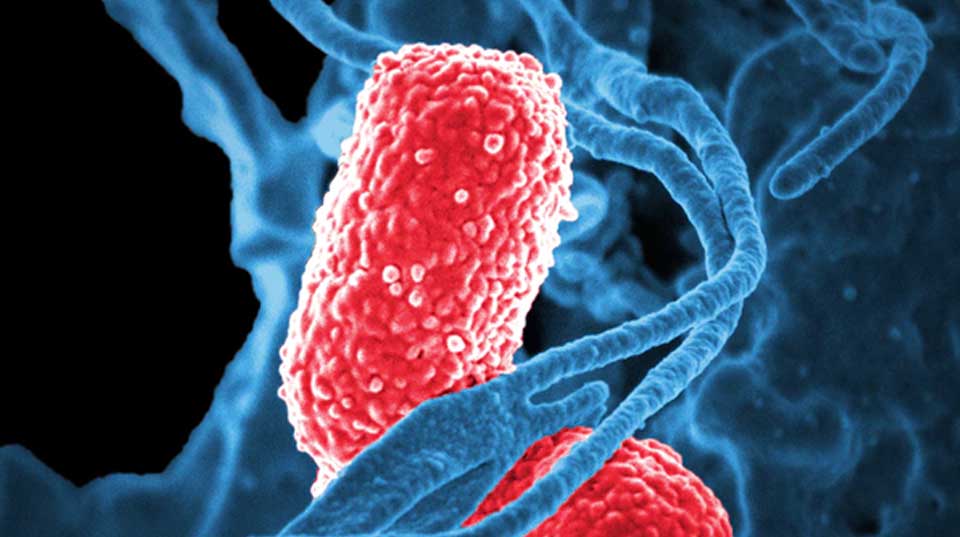
Lung Transplant Risks and Benefits
In some cases of lung disease, damage to the lungs is irreparable and causes significant impairment of your ability to perform everyday tasks. One potential treatment at this stage is to get a lung transplant.
Typically, lung transplants only become a viable option when other treatment methods have proven ineffective. Still, there are plenty of factors you should consider before making a decision.
It’s important to learn as much as you can about lung transplants if you’re considering getting one. This includes both the benefits and the potential risks and complications.
What Is a Lung Transplant?
A lung transplant is a surgical procedure where one or both lungs that have suffered extensive damage are removed and replaced with healthy lungs. The surgery typically takes multiple hours to perform.
Treating Lung Disease
The primary purpose of a lung transplant is to improve your quality of life.
Various lung diseases can make it more difficult for you to breathe and leave you feeling short of breath, wheezy, and faint. Since a lung transplant removes the damaged organ and replaces it with an undamaged one, you no longer have to deal with the effects of lung disease and damage.
At the same time, lung transplants are not without their own side effects, and it should be understood that a lung transplant is not a quick fix. Additionally, if you continue engaging in high-risk behaviors like smoking and inhaling other toxins, there’s a chance pulmonary disease can reoccur. Adopting healthier habits after a transplant can increase the long-term health benefits.
Procedure and Post-Surgical Care
A lung transplant is a major operation, and it requires a team of highly skilled surgeons. It also requires some preparation on your end.
Transplant centers will guide you through any tests and pre-surgical procedures that must be completed before the transplant. They will also advise you to adopt healthy lifestyle changes like improving your diet and exercising to improve your physical health and ensure the best possible outcome.
After the procedure, you will need to spend a few weeks in the hospital while doctors monitor your condition and look for any signs of rejection. You will also need semi-frequent check-ups for a few months.
Your doctor will prescribe you immunosuppressants, which encourage your body to accept the transplanted organ. You will have to continue taking these immunosuppressants for the rest of your life, and as a result, you’ll need to minimize your exposure to infections.
Long-Term Benefits of Transplants for Pulmonary Disease
Many types of lung illnesses cannot be cured or effectively treated in the long term. Most solutions reduce pain and inflammation while making breathing easier, but they cannot undo the already existing damage, and many treatment methods are ineffective at preventing further damage.
The greatest benefit of getting a lung transplant is that it is a treatment option for otherwise incurable conditions. While there are some side effects and complications that are significant, a lung transplant can increase your life expectancy and significantly reduce discomfort related to breathing for many people.
At the same time, this option is typically only available to those who have end-stage lung disease, so it is most useful in cases where timely intervention to reduce lung damage is no longer possible.
Risks and Complications
Lung transplants are an incredibly valuable, often life-saving procedure for thousands of people each year. Still, it can be difficult to qualify for one, and even if you do, there are plenty of factors to consider before signing up for a waiting list.
Long Waiting Lists
One aspect of lung transplants that makes them difficult to qualify for are organ shortages.
Since humans need both of their lungs to breathe properly, the donor lung must come from a deceased donor with viable organs, unlike with kidney transplants where a living friend or family member can donate just one. This means lungs are in short supply and waiting lists can be long.
Average wait times range from three to six months, but this can be even longer depending on your location and the current availability.
Risk of Rejection, Lung Illness, and Infection
In some cases, your body will reject a transplant, attacking the organ as if it were a virus. Rejections can be chronic, which is serious and typically irreversible, or acute, which is treatable as long as you get medical care right away.
Most acute rejection treatments consist of corticosteroids and medications meant to further inhibit the response of your immune system. This brings the rejection under control, though acute rejection may reoccur.
Some transplanted lungs can become infected from viruses, bacteria, or fungi, resulting in the development of lung illnesses.
Lung infections can jeopardize your health and increase your risk of developing lung disease again, though many infections can be safely controlled with antiviral/antifungal medications or antibiotics.
Cost
Cost can also be a prohibitive factor for many people looking to get an organ transplant. These procedures are expensive, and even with insurance, they can create a lot of medical debt.
If you may not be able to afford your procedure, ask your doctor about national and local financial assistance programs.
Final Thoughts
It’s important to know all the risks and benefits of getting a lung transplant before you decide to do so.
Speak with your doctor about your individual situation and risk factors. Being informed will allow you to make the right choice for your health and happiness.






